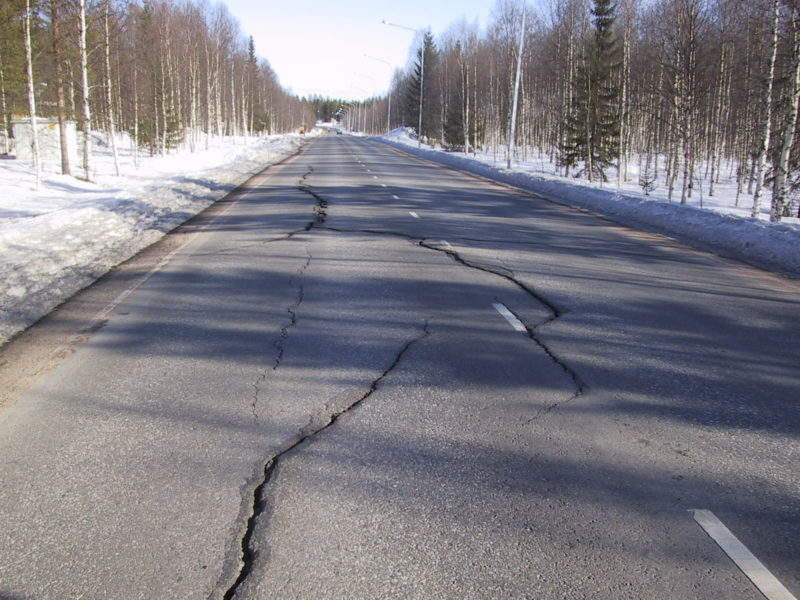
Researchers from Binghamton University in New York have proposed adding a fungus to the mix used to produce concrete to help it “heal itself”.
In article published in The Conversation, team member Congrui Jin pointed out the vulnerabilities of concrete structures, saying: “It’s no secret that American infrastructure is aging and in desperate need of rehabilitation.”
The American Society of Civil engineers graded US infrastructure a D+ in 2017, and predicted a loss of $3.9 trillion to US GDP, and the erasure of 2.5 million American jobs by 2025 as a result.
Jin drew particular attention to cracks in concrete, which can expose the structure to corrosive water and oxygen, leading to structural failure.
“Even a slender breach just the width of a hair can allow enough water in to undermine the concrete’s integrity.”
Inspired by ‘the amazing ability of the human body to heal itself’, Jin and the team considered the use of fungi, which can grow when exposed to water and the calcium contained in concrete, as a means to fill these cracks.

US Tariffs are shifting - will you react or anticipate?
Don’t let policy changes catch you off guard. Stay proactive with real-time data and expert analysis.
By GlobalDataThe researchers screened 20 species of fungus to determine which would be the most suitable to be added to a concrete mix, and will publish their results in a study called ‘Interactions of fungi with concrete: Significant importance for bio-based self-healing concrete’, in the March 2018 edition of Construction and Building Materials. They discovered that when water dissolves the Ca(OH)2 (calcium hydroxide) present in concrete, the pH of the nearby fungus increased from 6.5, close to neutral, to 13.0, a highly alkaline value. Only one species was able to survive in this extreme condition, a fungus called Trichoderma reesei.
“As they [dormant fungal spores] grow, they’ll work as a catalyst within the calcium-rich conditions of the concrete to promote precipitation of calcium carbonate crystals,” explained Jin. “These mineral deposits can fill in the cracks.”
The fungus has a history of industrial uses; its ability to break down the plant cell wall was said to be of ‘growing interest’ to the biofuels industry in ‘The Secretory Pathway in the Filamentous Fungus Trichoderma’, published in Biotechnology and Biology of Trichoderma in 2014. Furthermore it was said to have ‘a long history of safe use in industrial-scale enzyme production’ as early as 1994, in ‘On the safety of Trichoderma reesei’, published in the Journal of Biotechnology.
Despite the effectiveness and established safety of the fungus, Jin was eager to point out the relative novelty of the solution.
“Our research is still in the initial stage and there’s a long way to go to make self-healing concrete practical and cost-effective. But the scope of American infrastructure’s challenges makes exploring creative solutions like this one worthwhile,” he said.



